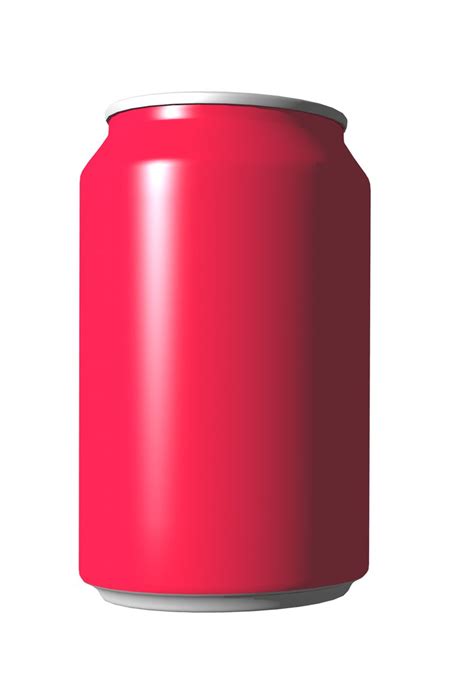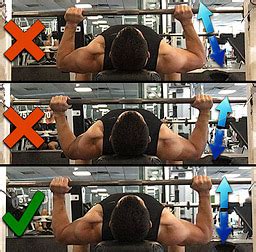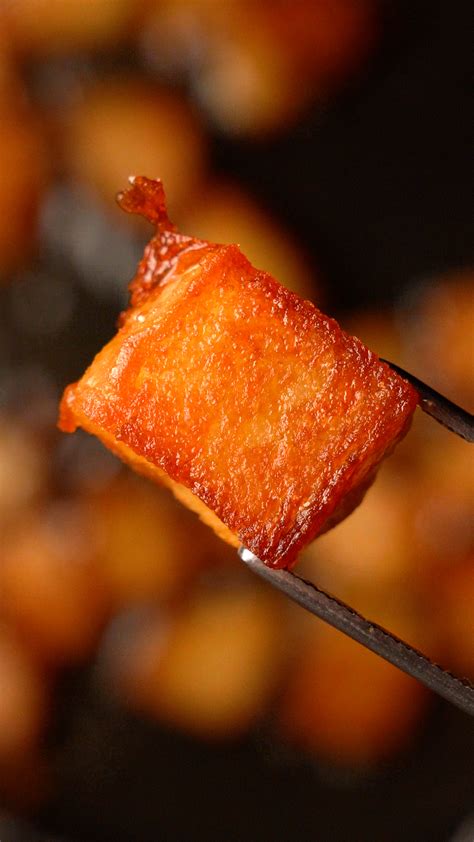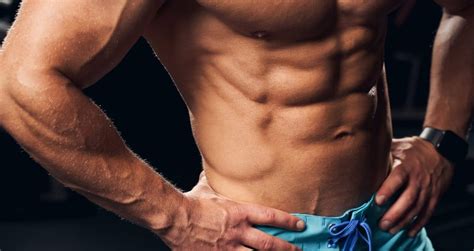The Dual Challenge: Cutting Fat While Building Muscle
For many men, the quest to shed stubborn belly fat while simultaneously building lean muscle can feel like an uphill battle. It’s a common misconception that you must choose one goal over the other. While it’s true that a significant calorie surplus is ideal for maximal muscle gain and a deficit for fat loss, strategic planning allows for successful body recomposition – losing fat and gaining muscle at the same time, or at least maintaining muscle during a fat-loss phase.
The key lies in understanding your body’s metabolic processes and implementing a disciplined, multi-faceted approach that addresses nutrition, training, and lifestyle. This isn’t about quick fixes but sustainable habits that will transform your physique and overall health.
Nutrition: The Cornerstone of Body Recomposition
Your diet is paramount when it comes to cutting fat and building muscle. You can’t out-train a poor diet, and for men, particularly in the midsection, nutrition holds the most significant leverage.
Calorie Deficit with Nutrient Density
To lose fat, you must be in a calorie deficit, meaning you consume fewer calories than your body burns. However, this deficit shouldn’t be so severe that it compromises muscle mass or energy levels. Aim for a moderate deficit of 300-500 calories below your maintenance level. Focus on nutrient-dense foods to ensure your body still receives essential vitamins, minerals, and fiber, even with reduced caloric intake.
Prioritize Protein Intake
Protein is critical for both muscle preservation during fat loss and muscle synthesis during growth. It also helps with satiety, keeping hunger pangs at bay. Aim for 1.6-2.2 grams of protein per kilogram of body weight daily, distributed across your meals. Good sources include lean meats, poultry, fish, eggs, dairy, and plant-based proteins like legumes and tofu.
Smart Carbohydrate and Healthy Fat Choices
Don’t eliminate carbs entirely. Instead, choose complex carbohydrates like whole grains, fruits, and vegetables, which provide sustained energy and fiber. Timing your carb intake around workouts can be beneficial. Healthy fats (avocado, nuts, seeds, olive oil) are vital for hormone production and overall health, even in a deficit. Aim for around 0.8-1 gram of fat per kilogram of body weight.
Hydration and Micronutrients
Water is essential for nearly every bodily function, including metabolism and satiety. Drink plenty of water throughout the day. Ensure your diet is rich in a variety of fruits and vegetables to supply all necessary micronutrients, which are crucial for energy production, recovery, and overall well-being.
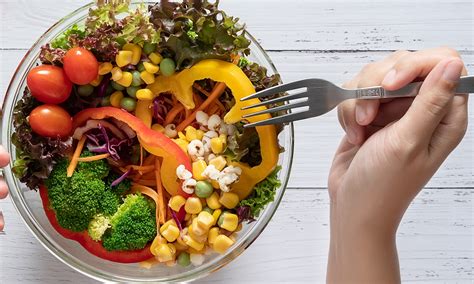
Strength Training: Sculpting Lean Muscle
Resistance training is non-negotiable for building muscle and preserving it during a fat-loss phase. Muscle is metabolically active, meaning it burns more calories at rest than fat, aiding in long-term fat loss.
Compound Movements are King
Focus on compound exercises that work multiple muscle groups simultaneously. Think squats, deadlifts, bench presses, overhead presses, rows, and pull-ups. These movements elicit a greater hormonal response and allow you to lift heavier weights, leading to more significant muscle growth and calorie expenditure.
Progressive Overload
To continually stimulate muscle growth, you must progressively challenge your muscles. This means gradually increasing the weight, repetitions, sets, or decreasing rest times over time. Consistency and tracking your progress are crucial here.
Mind-Muscle Connection and Proper Form
Focus on feeling the target muscle work during each repetition. Proper form is more important than lifting heavy weights. It prevents injury and ensures the intended muscles are being effectively stimulated. Consider working with a coach initially to perfect your technique.
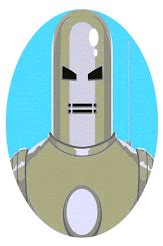
Cardiovascular Exercise: Boosting Fat Loss
While strength training is paramount, strategic cardio can significantly accelerate fat loss, especially when targeting stubborn areas like belly fat.
High-Intensity Interval Training (HIIT)
HIIT involves short bursts of intense exercise followed by brief recovery periods. It’s incredibly efficient for burning calories and can boost your metabolism for hours after your workout (EPOC effect). Incorporate 2-3 sessions per week on non-strength training days or after your lifting sessions.
Low-Intensity Steady State (LISS)
LISS cardio, such as brisk walking or jogging, is less taxing on the body and can be done more frequently. It’s excellent for active recovery, stress reduction, and burning calories without interfering with muscle recovery. Consider a 30-45 minute LISS session a few times a week, perhaps in the mornings.

Lifestyle Factors: Optimizing Your Results
Beyond diet and exercise, several lifestyle elements play a critical role in your ability to lose belly fat and build muscle.
Prioritize Quality Sleep
Sleep deprivation elevates cortisol (the stress hormone) and impairs insulin sensitivity, both of which contribute to increased belly fat and hinder muscle recovery. Aim for 7-9 hours of quality sleep per night to optimize hormone balance, energy levels, and recovery.
Manage Stress Effectively
Chronic stress also leads to elevated cortisol levels, promoting fat storage, particularly in the abdominal region. Find healthy ways to manage stress, such as meditation, yoga, spending time in nature, or engaging in hobbies you enjoy.

Consistency and Patience
Body recomposition is a marathon, not a sprint. There will be plateaus and moments of frustration. Consistency in your diet, training, and lifestyle habits is key. Celebrate small victories, track your progress (photos, measurements, strength gains), and remain patient. The results will come with dedication.
Your Journey to a Stronger, Leaner You
Effectively cutting stubborn belly fat and building lean muscle as a man requires a holistic and disciplined approach. By meticulously controlling your nutrition, embracing challenging strength training, incorporating strategic cardio, and prioritizing crucial lifestyle factors like sleep and stress management, you can transform your physique. This journey demands commitment and consistency, but the rewards of a stronger, leaner, and healthier body are well worth the effort.

